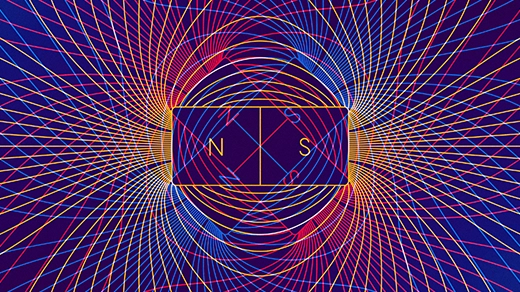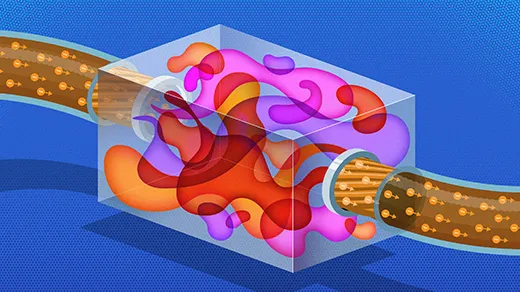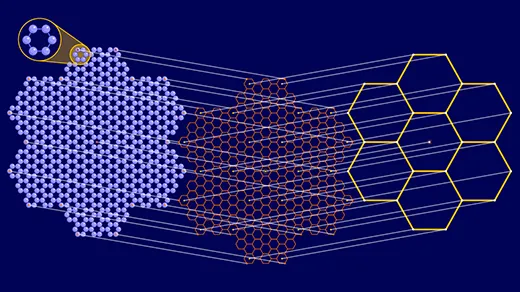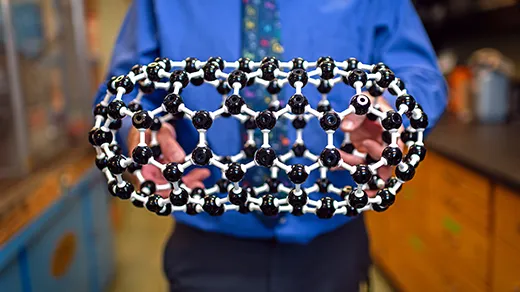What's up in
Materials science
Latest Articles
New Kind of Magnetism Spotted in an Engineered Material
In an atomically thin stack of semiconductors, a mechanism unseen in any natural substance causes electrons’ spins to align.
Meet Strange Metals: Where Electricity May Flow Without Electrons
For 50 years, physicists have understood current as a flow of charged particles. But a new experiment has found that in at least one strange material, this understanding falls apart.
Invisible ‘Demon’ Discovered in Odd Superconductor
Physicists have long suspected that hunks of metal could vibrate in a peculiar way that would be all but invisible. Now physicists have spotted these “demon modes.”
Physicists Who Explored Tiny Glimpses of Time Win Nobel Prize
The development of attosecond pulses of light allowed researchers to explore the frame-by-frame movement of electrons.
The Simple Geometry That Predicts Molecular Mosaics
By treating molecules as geometric tessellations, scientists devised a new way to forecast how 2D materials might self-assemble.
‘Fullertubes’ Join the Family of Carbon Crystals
The buckminsterfullerene revolution never came, but some researchers are eagerly exploring the properties of newfound carbon crystals known as fullertubes.
New Chip Expands the Possibilities for AI
An energy-efficient chip called NeuRRAM fixes an old design flaw to run large-scale AI algorithms on smaller devices, reaching the same accuracy as wasteful digital computers.
Physics Duo Finds Magic in Two Dimensions
In exploring a family of two-dimensional crystals, a husband-and-wife team is uncovering a potent variety of new electron behaviors.
Quantum Complexity Tamed by Machine Learning
If only scientists understood exactly how electrons act in molecules, they’d be able to predict the behavior of everything from experimental drugs to high-temperature superconductors. Following decades of physics-based insights, artificial intelligence systems are taking the next leap.








